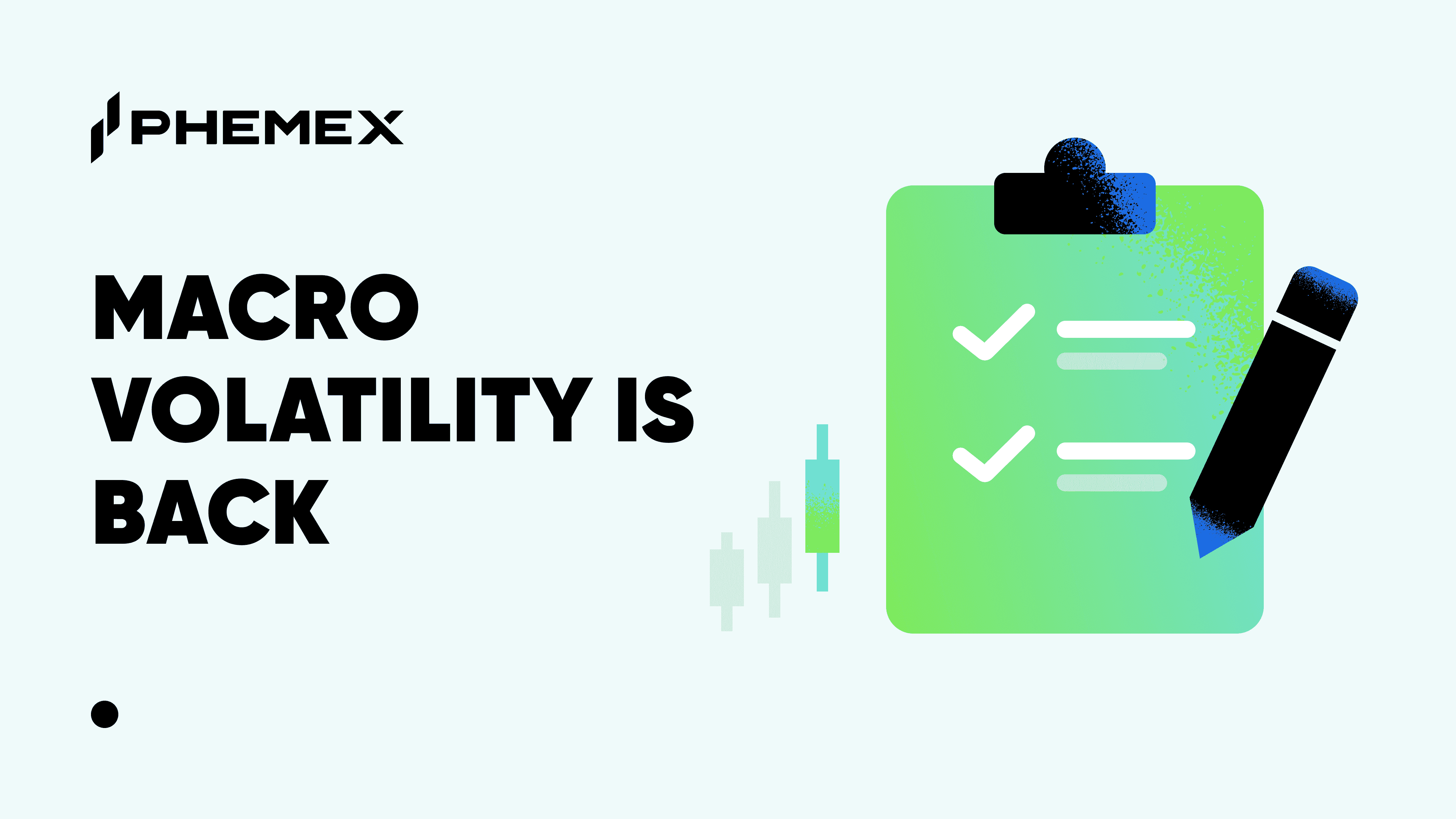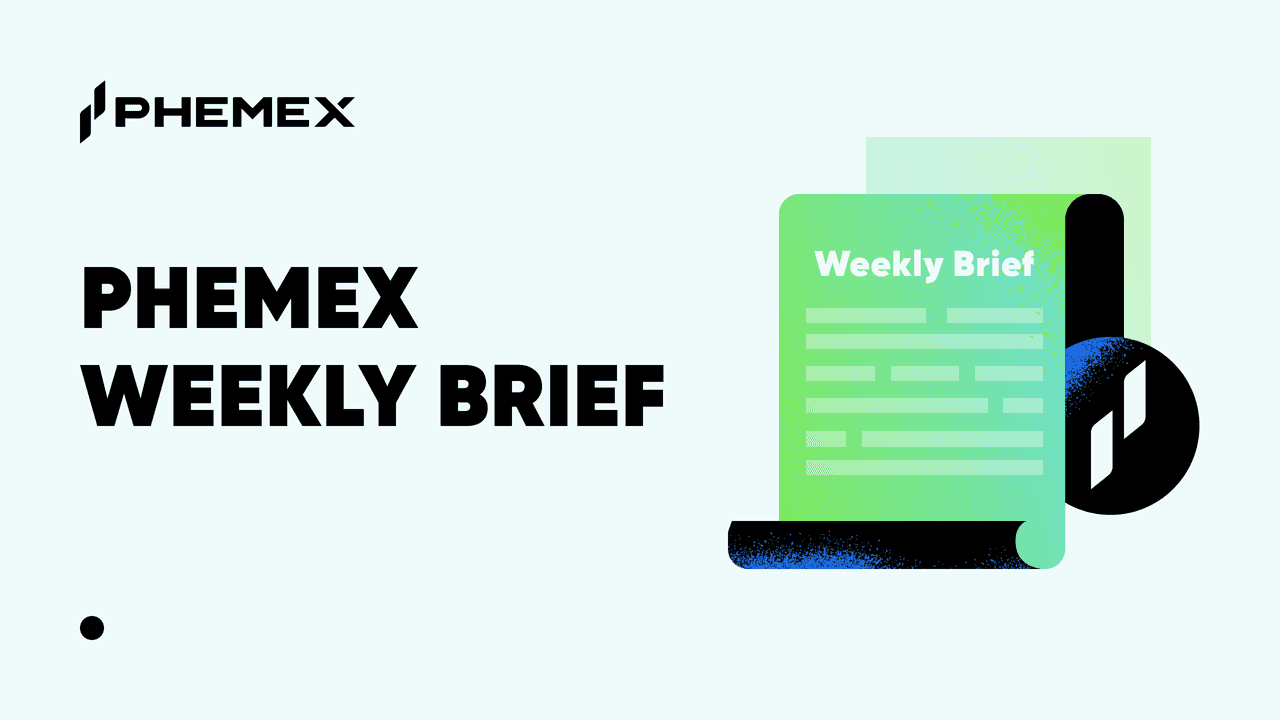
Remember the NFT frenzy? No need to venture far back in history; it was just two years ago when NFTs, or non-fungible tokens, swept across the globe. FOMO was undeniable, driving a strong desire to both purchase and understand this new class of digital assets. Amidst the worldwide phenomenon, the NFT marketplace experienced a meteoric rise, with asset prices soaring to previously unthinkable levels. Well, we all know what happened next: Shortly after this explosive growth, NFTs faced a sharp decline in both sales volume and asset prices. What was once a thriving market appeared to lose its momentum and left investors wondering: Are NFTs dead?
How did Donald Trump stir the NFT marketplace with a mugshot?
While NFTs still haven’t shown any positive trajectory on the macro scale, they unexpectedly captured headlines just last week in an unforeseen turn of events. The former U.S. President Donald Trump conducted an interview with media personality Tucker Carlson on X, formerly Twitter, which instantly became a trending topic. If that wasn’t enough to stir the internet, shortly after, Trump made his return to Twitter following a three-year hiatus by sharing his mugshot. You might wonder, what is this to do with NFTs? Indeed, with the image of Trump’s mugshot going viral as the first-ever for a current or former U.S. president, the value of NFTs featuring Donald Trump surged from $150 just last week to a surprising $250. That marks a 62% increase, with the collection accumulating a trading volume exceeding 17 ether. Not bad for a market that has been dormant for a while?
It’s not particularly surprising that the prices of Trump NFTs experienced a surge when his mugshot and interview became internet sensations in the same week. NFT prices are determined by demand. When potential buyers compete to acquire a specific asset, the heightened demand can notably drive its price up. Hence, Trump’s collection of digital fantasy cards, present on the market since last December, regained popularity. While this surge demonstrates how certain assets can instantly peak in value especially when they become a trending topic online, the future of NFTs is more complex than short-lived internet sensations.
Whether you’re wondering if trading NFTs are still a good investment, awaiting your purchased assets to regain momentum, or simply enjoying JOMO (yes- that’s Joy of Missing Out) let’s delve into what the future holds for NFTs.
Down the memory lane: The rise of NFTs
Before we rush to conclude their fate, it’s important to understand what an NFT is and how this digital asset class became the hottest topic in the market within such a short time.
NFTs, which stand for non-fungible tokens, are blockchain-based tokens that represent unique and irreplaceable assets. Each NFT incorporates a digital signature and, in contrast to cryptocurrencies, cannot be swapped for another. They come in different forms such as artworks, comic books, collectibles, games, and more. NFTs provide their holder with a digital certificate of ownership and authenticity, which is one of the reasons that made them so attractive to both creators and collectors around the world.
While the rise of NFTs can be traced back to 2017 when the launch of token standards enabled creators to deploy tokens to authenticate their art, it wasn’t until 2019 that NFT collections truly gained significant popularity. The emergence of dedicated marketplaces for NFTs such as OpenSea and Rarible provided a medium for creators and collectors. Canadian singer Grimes sold her “War Nymph” NFTs and made roughly $6 million in revenues. Around the same time, an internet meme named “Nyan Cat” was sold for over $600,000.
Still, for a lot of people out there, 2021 was the year of NFTs. And that’s probably a solid bet since that’s when Beeple’s digital art at Christie’s auction house scored a record-breaking $69 million sale, legitimizing NFTs as a credible medium within the art world. The launch of Decentraland, a virtual platform allowing users to select collector items and play games as well as Facebook’s decision to rebrand itself as “Meta”, were also notable moments that propelled this digital asset class into the mainstream and raised market valuations to unprecedented heights. OpenSea witnessed a trading volume of $4.87 billion in January 2022, which many consider the peak of the market. Celebrities such as Eminem and Jimmy Fallon endorsing projects like Bored Ape Yacht Club (BAYC), contributed to turning NFTs into a full-on global frenzy that maybe got a bit too huge, too fast.
The fall of the NFT market: What happened to NFTs?
Eventually, the NFT bubble exploded, resulting in a notable downturn in the market. Following its peak in January 2022, NFT transaction volume plummeted by 97% to $466 million in September 2022. Since then, the market has experienced only sporadic recoveries, and within this year alone, there was a 49% drop in NFT sales from January to July 2023.
There are several explanations behind this sharp decline, and perhaps the combination of all played a role in reshaping the trajectory of the NFT market
- Crypto winter: The wider decline in the cryptocurrency market can be linked to the downturn of NFTs. With the notable drop in the value of Bitcoin, Ethereum, and other digital currencies, NFTs- being a new digital asset class traded using cryptocurrencies- found themselves in a vulnerable position. The prevailing bearish trend in the market inevitably contributed to their decline.
- Exaggerated prices: Many argue that the prices of some NFTs were intentionally inflated by speculators. The lack of trust in these valuations deterred potential buyers, and since the market fluctuates with demand, the uncertainty surrounding prices further contributed to the market decline.
- Oversaturation: The influx of many new NFT projects caused oversaturation in the market, making it a challenge for high-quality NFTs to stand out and maintain their value.
- Regulatory scrutiny: The uncertainty surrounding the market, as governments worldwide grappled with the task of regulating this emerging asset class, raised concerns among buyers, once again impacting the overall demand.
Should you be investing in NFTs in 2023?
The speculative hype, overpriced assets, and celebrity endorsements surrounding NFTs are long gone. Now the question remains: Are they now a failed investment, or is there still potential within this formerly booming market?
Despite the decline in asset sales, the realm of NFTs appears to be shifting gears. While NFTs are commonly linked with digital art sales, their potential use cases extend beyond that. Let’s explore some of these to better understand what the future holds for NFTs.
- Real-world assets: NFTs can be linked to physical assets such as real estate and luxury goods to provide a secure and transparent method for tracking ownership and origin.
- Gaming: NFTs are gaining traction in gaming as they allow users to own and trade in-game items without the need for intermediaries. This shift toward a more transparent gaming environment also opens the door for new revenue streams for game developers.
- Loyalty programs: NFTs provide brands with a diverse range of ways to engage with their consumers in the digital realm, including rewarding them through loyalty programs featuring unique experiences or exclusive content.
- Collectibles: The NFT space continues to thrive with various digital collectibles. NBA, for example, launched “NBA Top Shot” which is a blockchain-based virtual trading card platform enabling basketball fans to buy, sell, and trade themed digital collectibles.
- Collateralized NFTs: Valuable NFTs are increasingly being used as collateral for loans and various financial transactions. The NFT holder temporarily transfers ownership to a smart contract, and receives a loan in exchange.
- Digital Identity and Certification: NFTs serve not only to authenticate goods and assets but also to verify the legitimacy of an individual. NFT-driven identity verification offers a way to represent a person’s identity online, without disclosing sensitive information. This also fosters confidence in the digital space, particularly when individuals interact without mutual familiarity.
- Soulbound Tokens: Speaking of identity verification, Soulbound tokens (SBTs) deserve special recognition for their promising use cases in the move towards decentralization. SBTs are not exactly NFTs, but they stem from the same origin. What sets them apart is that they are non-transferable and therefore ideal for storing important information on the blockchain. Phemex is pioneering the mainstream usage of SBTs on its decentralized Web 3.0 ecosystem that is set to revolutionize community building and governance. This revolution is driven by the Phemex Soul Pass (PSP), a soulbound token that users can mint and serves as the passport that grants exclusive access to the ecosystem. As a soulbound token, PSP is non-transferable, fundamentally confirming its holder’s identity and integrity. It resolves the trust concerns that arise in decentralized societies, as it acts as a beacon of legitimacy. Phemex Soul Pass holders become integral members of a strong community, own a piece of Phemex and actively contribute to platform governance.
Conclusion: Future of NFTs
From the launch of NFT marketplaces to market oversaturation and speculative prices, NFTs have come a long way. While their future path remains uncertain, it seems unlikely for NFTs to experience the global frenzy they stirred back in 2021. One-off online sensations, such as the viral spread of Trump’s mugshot, might continue to impact the market, but those are bound to be short-lived.
On the flip side, let’s cut NFTs some slack and remember that they are a new technology, barely a decade old. Just like other innovations that became integral to our lives after undergoing various alterations, NFTs are also evolving. The underlying technology of NFTs holds long-term value and their potential applications are yet to be fully explored.
For any inquiries contact us at support@phemex.com
Follow our official Twitter | Join our community on Telegram
Trade crypto on the go: Download for iOS | Download for Android
Phemex | Break Through, Break Free
Read More
- Will NFTs Ever Make a Comeback?
- What Are Non-Fungible Tokens (NFTs): Introduction to NFTs
- NFT Bubble: When Selfies Sell For A Million Dollars
- What are Metaverse NFTs: The Launchpad for the Digital World’s Economy?
- Phemex Analysis in A Minute: How to Trade $TRUMP Like a Pro
- May 2021 Crypto Market Analysis
- July Crypto Market Analysis
- Why are Meme Coins so Popular in this Crypto Cycle?










